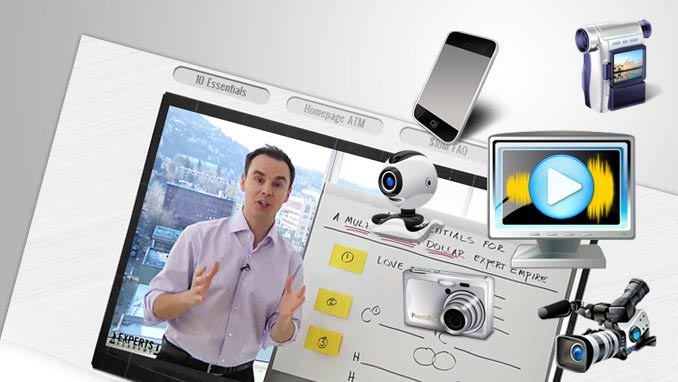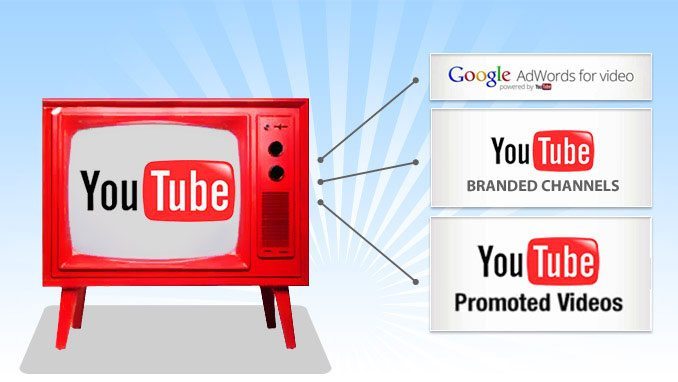Using Your Followers to Market Your Business
Twitter having 140 million users and sees 340 million tweets per day as of March 2012, is a great investment for your marketing efforts. Making your followers spread the message requires dedication and planning. You need people who will spread your message to their followers and so on.
Small business outnumbers the big ones on the free micro blogging service in many ways. For any small business where more than half of their customers are through word of mouth, Twitter is the digital manifestation of realizing your marketing potentials.
Know that your business could benefit by interacting with a large number of followers, and get the idea of implementing your Twitter marketing tactics.
For better example, look at some case studies demonstrating how other companies have used Twitter to their advantage. By reading other success stories, you will be able to think up similar ways to help make yourself a Twitter success.
Directing Traffic to Your Site
One major goal: get users to view your Twitter profile. Only by knowing that you exist can users begin to follow you. Now that these users know that you exist, how can you use your followers to gain more visitors to your actual website?
The best way to do so is to broadcast interesting content that links directly to your site. When you write an interesting article, link to it! Send it to all your followers and ask them to retweet it.
Copyblogger, in an article entitled “5 Steps to Going Viral on Twitter” measured the power of retweeting. They found that, while the first post may not always be retweeted, every time that it is retweeted the likelihood of it being retweeted again increases. When people see a link retweeted from one of the people they follow, they are much more likely to retweet the post; that is, they are more likely to retweet a message that had alreadybeen retweeted.
This effect continued to multiply and strengthen for each successive retweet, so that the more times a tweet had been retweeted, the more likely it was to be retweeted again. This means that if you can get some users to retweet your message at least once, social proof and retweeting inertia will make it more likely that your tweet will get passed on to more people.
When you write an article that you want many users to see, try to get them to retweet it. Don’t hesitate to say “Please RT” in your message, and for your closest friends on Twitter, ask them to personally retweet the post. If you can get just a few people to begin retweeting your message, a huge number of new people will likely see it.
Find What Your Followers Like
When building your social media marketing plan, you need to take your users into account: what do they want to read? What do they want to see?
Twitter is a great way to find out exactly what your users want. You can post surveys and questions, or even simply ask them what they would like to read. When posting URLs, you should use a link shortening service that lets ou track how many users have come to your site.
There are heaps of URL shortening services around the Internet, and you can read a comparison of a bunch of them at SearchEngineLand. http://bit.ly, which lets you see which referring sites and geographic locations your visitors have come from.
The advantage of a service like this is that you can measure which of your tweets are performing better than others, and learn what is required to repeat your successes in the future.
Create an account at http://bit.ly and hook it up to your Twitter account. It’s worth being able to track statistics.
Use Twitter to Help Your Customers
The best way to take advantage of Twitter is to create conversations with your customers. By using Twitter as a customer service system, you can interact more rapidly and more easily with your customers.
Twitter also allows you to handle customer service, so if any user has a question or a concern, you can easily solve their problem by messaging them. Donít hesitate to use Twitter for this purpose, because users love being informed as fast as possible, no matter the method.
Respond to users who are complaining with information that will solve their problem and help them through any issues. They will only become happier with your service if they are helped quickly and well.
Use Twitter Search and its ability to create RSS feeds based on keywords to keep you informed of customers discussing or complaining about your service, so you can engage with them and solve the problem quickly. Don’t forget that you can monitor keywords pertinent to your competitors – by doing so you may have an opportunity to let one of their dissatisfied customers know what you have to offer, which could lead to a sale or conversion.
Make sure you announce any sort of service updates to your followers. Twitter allows you to immediately inform your customers of any news from your company. For instance if your service is temporarily down, or there is a new upgrade, then Twitter is a great way to get the word out quickly.
A great example of customer service via Twitter is @comcastcares, the Twitter account for Comcast. In this me an excellent model of using Twitter to assist customers.
Twitter Marketing Case Studies
Take a look at other companies who have taken these tips to heart and built Twitter into their marketing plan.
1. Comcast
Comcast is a major provider of cable TV, phone and internet services. One of their employees by the name of Frank Eliason, suggested that the company use Twitter to assist with customer service. Now Eliason runs their Twitter account (@comcastcares), and he uses it to build personal relationships with the companyís individual customers and to solve their problems. By using Twitter, Comcast can immediately and effectively interact with its customers, faster than by phone or email, and by using Twitter Search, Eliason can monitor tweets in order to identify customers who may be experiencing difficulty with their service. Once identified, Eliason can respond and assist those in need immediately. A recent article in BusinessWeek.com (https://mail.google.com/mail/?hl=en&zx=16s3csekxckuw&shva=1#inbox/123b708d84aa95bc), describes how it works and how effective this has been for the company. A lot of other companies are now using the Comcast Twitter experience as an example to follow.
2. Zappos
Zappos, the online shoe store that is renowned for its amazing customer service, built an entire subdomain dedicated to Twitter. By navigating over to http://twitter.zappos.com, you can check out their interface. Zappos allows customers to view every single one of their employee’s tweets in a single web page.
Zappos allows anyone to see exactly what every one of their employees are thinking and tweeting about because it encourages transparency. People can see that the company they are dealing with isn’t just a nameless corporation. Itís made up of dozens of real people, each interested in different things. Making it easy for users to follow you and communicate with your employees on Twitter encourages a personal connection.
Zappos even offers a “Public Mentions” page, which automatically aggregates mentions of Zappos on Twitter. This means that all comments, good and bad, can be seen directly on the Zappos site. They do this because it shows how deeply the company is committed to transparency. People can see the comments, unfiltered, and decide if they trust the service from Zappos.
3. Ford
The Ford Motor Company has created several accounts on
Twitter for customers interested in the company as a whole, or in just a single part of the Ford line up. Some examples of their accounts are:
- @FordCustService
- @FordDriveOne
- @FordDriveGreen
- @FordTrucks
- @FordMustang
- @FordRacing
- @FordRacingNWide
Each of the accounts are run by the team most closely related to the product. The @FordMustang account is run by the Mustang team at Ford, and posts information related to the Mustang line of cars. Using @FordCustService, you can ask direct questions or get help with your product.
Ford shows how to delegate and create teams of people totally committed to offering useful information and services over social media. By following in their footsteps, you could create several accounts for each of your major products or departments, and continue to help your customers get the service they need.





